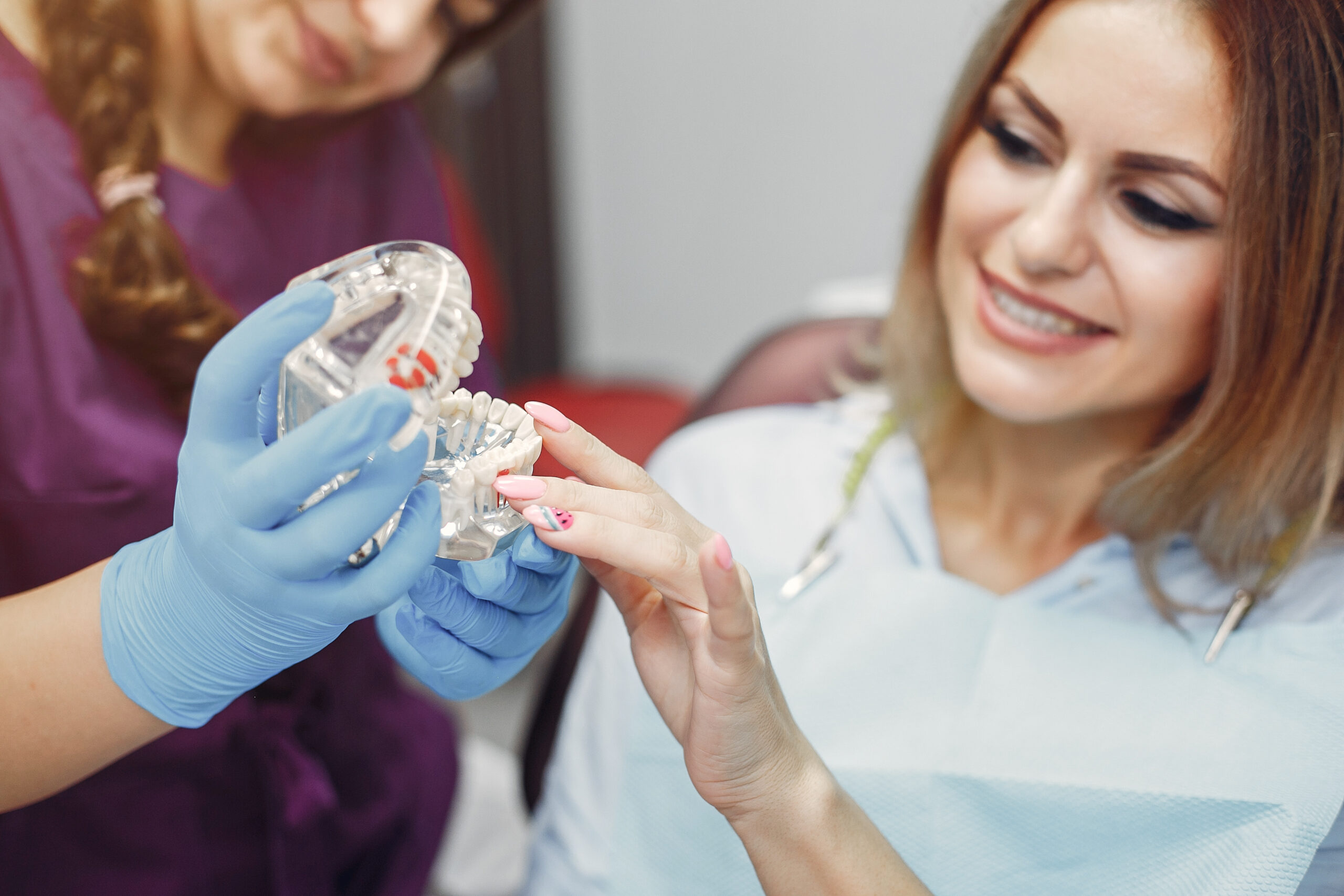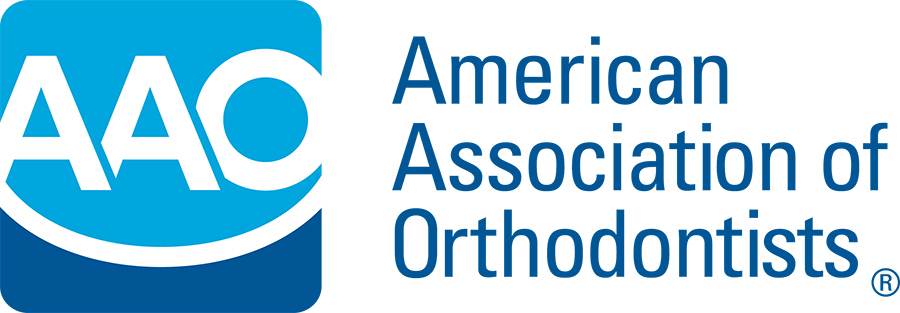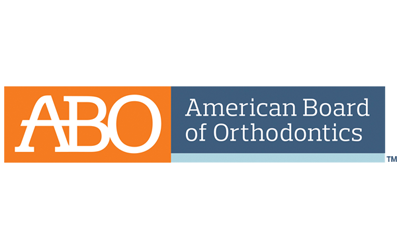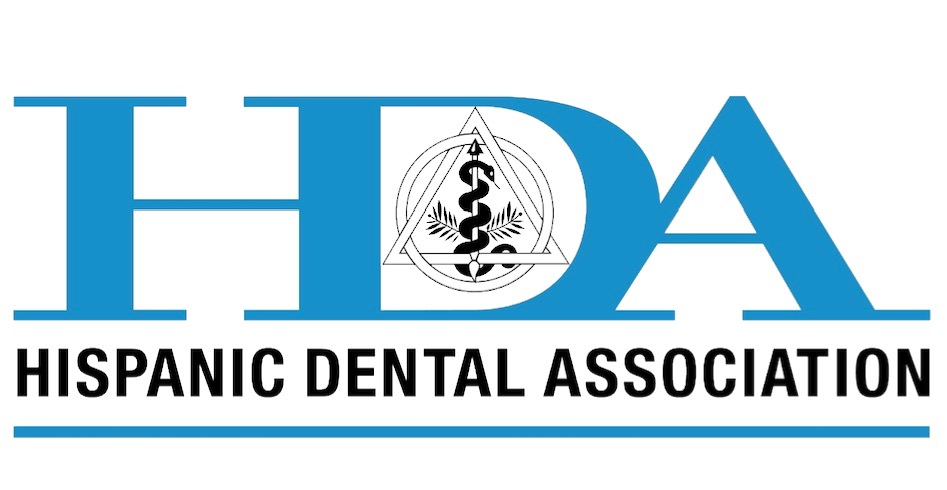Your journey to a beautiful smile is an important one, and it begins with choosing the right orthodontic treatment. In the world of orthodontics in Houston, G Orthodontics is your trusted partner in this journey. We understand that parents like you want the best for their children and themselves. That’s why we offer two primary options for orthodontic treatment: traditional braces and Invisalign or Clear Aligners. Each has its unique advantages and considerations, and making the right choice is a significant decision. In this comprehensive guide, we’ll compare traditional braces and Invisalign or Clear Aligners, helping you make an informed choice that suits your needs and preferences.
Traditional Braces
Traditional braces have been the cornerstone of orthodontic treatment for generations. They consist of metal brackets that are attached to the teeth and linked by wires and elastics. Gradual adjustments to these wires put pressure on the teeth, guiding them into their correct positions over time.
Advantages of Traditional Braces:
- Effective for Complex Cases: Traditional braces excel in correcting severe misalignments and complex orthodontic issues, including overbites, underbites, and rotated teeth.
- Predictable Results: Precision control of tooth movement allows for exact predictability of your treatment’s progress.
- Durability: Traditional braces are robust and can withstand the rigors of treatment, with little risk of being damaged by regular eating and chewing.
- No Compliance Concerns: Unlike Invisalign or Clear Aligners, traditional braces do not rely on patient compliance. They work 24/7, regardless of whether you remember them or not.
Considerations for Traditional Braces:
- Aesthetic Concerns: The conspicuous metal components can be a concern, especially for adults and teenagers who may feel self-conscious about their appearance during treatment.
- Oral Hygiene Challenges: Cleaning around braces can be more challenging and may require special tools like floss threaders and interdental brushes to prevent tooth decay and gum disease.
- Diet Restrictions: Traditional braces come with dietary restrictions, particularly when it comes to hard, sticky, or crunchy foods, which can damage the brackets and wires.
- Potential Discomfort: Some patients experience discomfort, especially after adjustments, leading to soreness and mouth irritation.
Invisalign or Clear Aligners
Invisalign or Clear Aligners represent a modern approach to orthodontic treatment. It involves a series of clear, removable aligners custom-designed to gently move teeth into their desired positions. Invisalign or Clear Aligners have gained popularity for its aesthetic appeal and ease of use.
Advantages of Invisalign or Clear Aligners:
- Discreet Appearance: Invisalign or Clear Aligners are nearly invisible when worn, making them a popular choice for those who prefer a subtle treatment option.
- Removable Convenience: Invisalign or Clear Aligners aligners can be removed for eating, drinking, brushing, and flossing, leading to fewer dietary restrictions and better oral hygiene.
- Minimal Lifestyle Impact: Invisalign or Clear Aligners seamlessly fit into your daily life, allowing you to participate in sports, play musical instruments, and speak in public without the interference of traditional braces.
- Shorter Treatment Duration: In some cases, Invisalign or Clear Aligner treatment can be completed faster than traditional braces due to aligners’ precision in targeting specific dental issues.
- Enhanced Comfort: Invisalign or Clear Aligners are made from a smooth, comfortable plastic material, eliminating the risk of mouth abrasions or discomfort.
Considerations for Invisalign or Clear Aligners:
- Limited for Severe Cases: Invisalign or Clear Aligners may not be suitable for severe orthodontic cases or complex issues, where traditional braces may be more effective.
- Compliance Is Vital: Invisalign or Clear Aligners’s success depends on patient compliance, requiring consistent wear of the aligners as prescribed.
- Speech Adjustments: Some patients may experience slight adjustments to their speech when wearing Invisalign or Clear Aligners, especially during the initial stages.
Comparison of Treatment Process
Let’s compare the treatment process of traditional braces and Invisalign or Clear Aligners in terms of various factors:
- Aesthetic Considerations:
- Traditional Braces: Visible metal brackets and wires.
- Invisalign or Clear Aligners: Virtually invisible clear aligners.
- Effectiveness:
- Traditional Braces: Highly effective for complex cases.
- Invisalign or Clear Aligners: Effective for many cases but may not be suitable for severe orthodontic issues.
- Comfort:
- Traditional Braces: Potential for discomfort due to wires and brackets.
- Invisalign or Clear Aligners: Smooth plastic aligners offer enhanced comfort.
- Oral Hygiene:
- Traditional Braces: Require special tools for cleaning around brackets and wires.
- Invisalign or Clear Aligners: Aligners are removable, allowing for easier oral hygiene maintenance.
- Diet Restrictions:
- Traditional Braces: Restrictions on hard, sticky, and crunchy foods to avoid damaging braces.
- Invisalign or Clear Aligners: Few dietary restrictions as aligners are removed for eating.
- Duration of Treatment:
- Traditional Braces: Treatment duration varies but can be longer, especially for complex cases.
- Invisalign or Clear Aligners: Treatment can be faster for some cases due to the precision of the aligners.
- Lifestyle Impact:
- Traditional Braces: May interfere with certain activities, such as playing wind instruments or participating in contact sports.
- Invisalign or Clear Aligners: Minimal interference with daily activities.
- Severe Cases:
- Traditional Braces: Suitable for severe orthodontic issues.
- Invisalign or Clear Aligners: May not be the best choice for severe cases.
- Compliance:
- Traditional Braces: No patient compliance required.
- Invisalign or Clear Aligners: Success relies on strict patient compliance.
The decision between traditional braces and Invisalign or Clear Aligners depends on various factors, including the complexity of orthodontic issues, aesthetic preferences, lifestyle, and budget. While traditional braces have a proven track record and are cost-effective, Invisalign or Clear Aligners offer a discreet, convenient, and comfortable treatment process.
Ultimately, the choice should be made in consultation with your orthodontist, who can assess your specific needs and provide guidance on the most suitable option. Both traditional braces and Invisalign or Clear Aligners aim for the same goal: to provide you with a beautiful, healthy smile that you can confidently share with the world. At G Orthodontics, we are here to help you make the right choice for your orthodontic journey.
G Orthodontics -Dental braces -Sleep Apnea Treatment -TMJ Treatment
Top Orthodontist TX -Dr. Yesenia Garcia -Creating beautiful smiles in the Pearland, Shadow Creek, Memorial, Houston, and Missouri City -Texas Treatments









